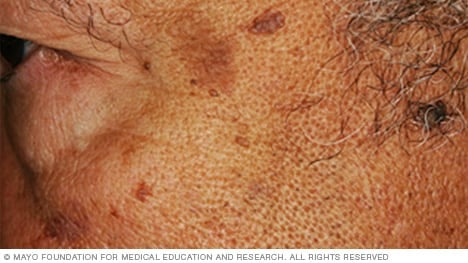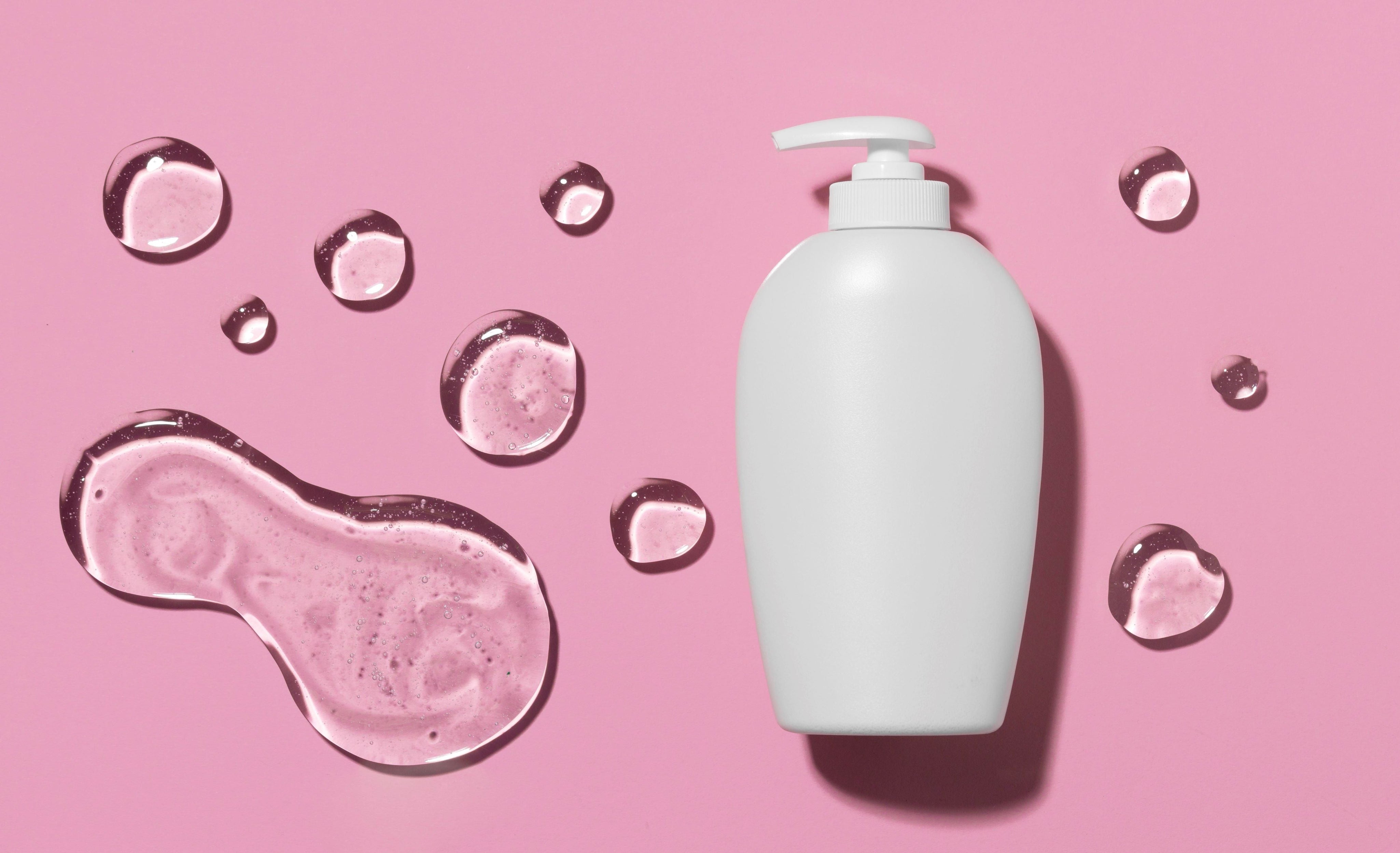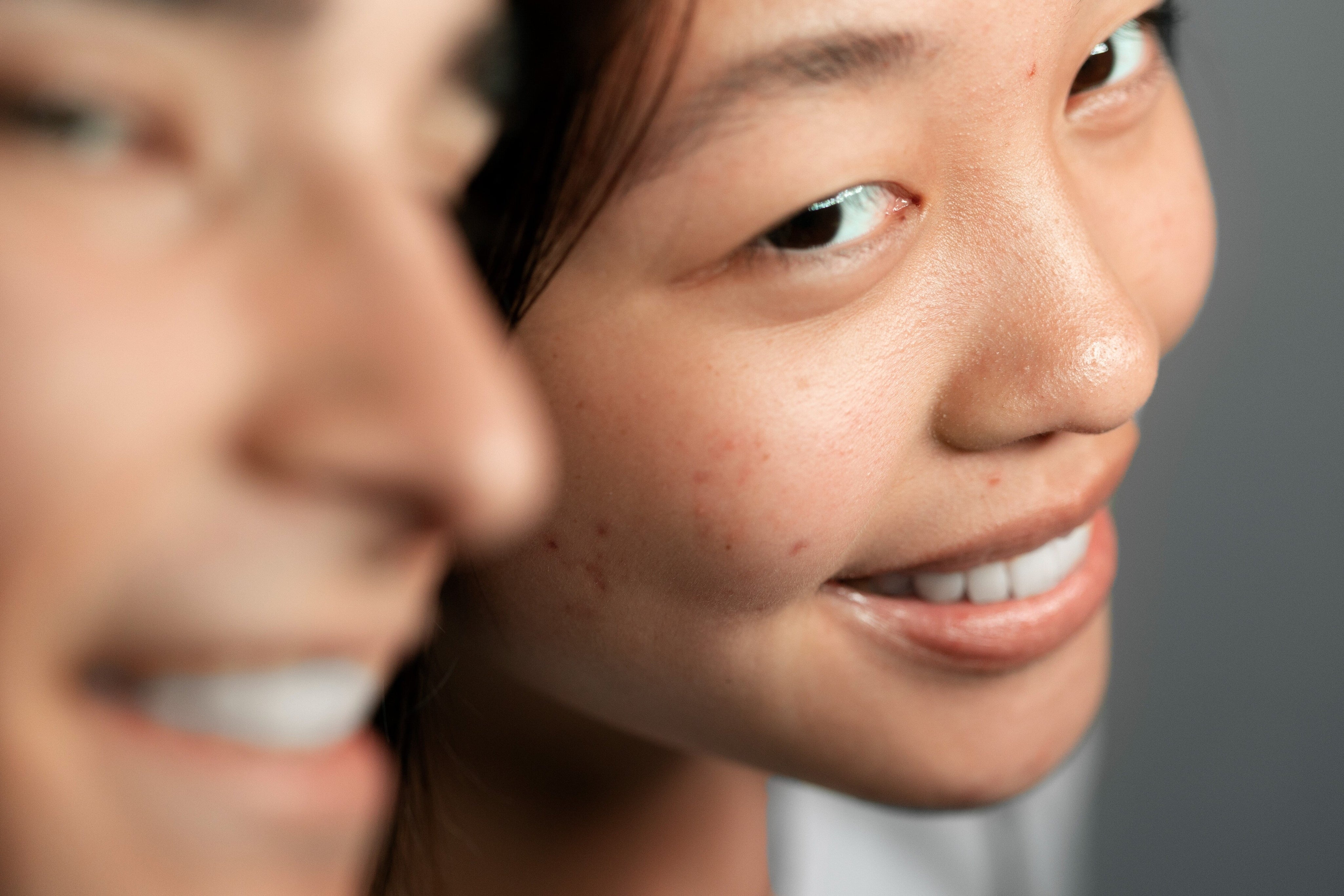Sun Damage Pigmentation Treatment

Sun exposure can cause a range of pigmentation issues, from freckles to dark spots, known as sun damage pigmentation. Understanding what sun damage looks like and how to treat it can help restore your skin’s health and glow. Let’s dive into how to diagnose, treat, and prevent sun pigmentation effectively.
What Does Sun Damage Look Like?
Sun damage often appears as dark spots, uneven skin tone, or patches of hyperpigmentation. Common signs include sunburn spots, freckles, and solar lentigines (commonly called sun spots). Over time, repeated sun exposure can lead to more pronounced pigmentation issues and premature aging.
Is Sun Pigmentation Permanent?
Sun pigmentation, such as solar lentigines or sun spots, are not always permanent. While some discoloration can fade over time with proper care, others may require targeted treatments. The permanence of sun pigmentation depends on factors like the depth of the pigmentation and how long it’s been there.
How to Diagnose Solar Lentigines (Sun Pigmentation)
A dermatologist can help diagnose solar lentigines by examining the affected areas of your skin. They may use a dermatoscope to analyze whether the pigmentation is superficial or more deeply rooted. Early diagnosis is key to effective treatment.
Freckles vs. Sun Damage: How to Tell the Difference


Freckles are small, flat, and light brown spots that appear naturally, especially in individuals with lighter skin tones. In contrast, sun damage spots, such as solar lentigines, are often larger, darker, and develop due to prolonged sun exposure. While freckles may fade with less sun exposure, sun damage spots are more persistent and often require professional treatment.
How to Fix Sun Hyperpigmentation
Fixing hyperpigmentation caused by the sun involves a combination of treatments and preventative measures. Here are some key approaches:
- Skincare products: Incorporate ingredients like niacinamide, retinol, and sunscreen into your routine.
- Professional treatments: Consult with a dermatologist for procedures tailored to your pigmentation concerns.
Treatment for Sun Damage
Treatment for pigmentation, particularly for sun damage, can vary depending on its severity. Here are some popular treatments:
Chemical Peels

Chemical peels use exfoliating agents like alpha hydroxy acids (AHAs) or beta hydroxy acids (BHAs) to remove the top layers of skin, revealing brighter and more even-toned skin underneath.
Laser Therapy

Laser therapy uses targeted light energy to break up excess melanin in the skin. This approach is particularly effective for treating larger areas affected by sun damage.
Skincare Ingredients to Treat Sunburn Spots and Sun Damaged Skin
Achieving radiant, even-toned skin often begins with understanding the power of targeted skincare. When addressing sunburn spots and sun-damaged skin, incorporating efficacious, dermatologist-approved ingredients into your routine is paramount. These scientifically-backed ingredients not only work to repair the visible effects of UV exposure but also support the skin's natural renewal processes, restoring its brilliance and vitality. Here are some skincare ingredients to look for:
1. Sunscreen


The most important step in preventing and treating sun damage is protecting your skin with sunscreen. Choose a broad-spectrum sunscreen with SPF 30 or higher to shield your skin from both UVA and UVB rays. While sunscreen won't fade existing pigmentation, it plays a crucial role in preventing further damage and stopping dark spots or discoloration from getting worse. Consistent use of sunscreen not only protects against sunburn but also helps maintain an even skin tone and reduces the risk of long-term issues like premature aging and skin cancer.
2. Niacinamide


Niacinamide is a powerhouse ingredient that helps repair and rejuvenate sun-damaged skin. It works to reduce pigmentation by targeting dark spots and uneven patches caused by UV exposure, improving overall skin tone. Additionally, it strengthens the skin barrier, enhancing its ability to retain moisture and protect against further environmental damage. By calming inflammation and supporting skin repair, niacinamide helps restore a healthier, more radiant complexion.
3. Retinol

Retinol accelerates cell turnover, making it an effective ingredient for repairing sun-damaged skin. By promoting the shedding of old, damaged skin cells and stimulating the production of new ones, it helps fade dark spots caused by UV exposure. Retinol also boosts collagen production, improving skin elasticity and reducing the appearance of fine lines and rough texture often associated with sun damage. Over time, it can leave your skin looking smoother, healthier, and more even-toned.
4. Antioxidants


Ingredients like vitamin C work to neutralize free radicals caused by sun exposure, which can damage skin cells and accelerate aging. By targeting these harmful molecules, vitamin C helps protect the skin and prevent further pigmentation, promoting a brighter and more even complexion over time.
5. Azelaic Acid

Azelaic acid works to reduce melanin production, lightening dark spots caused by sun exposure.
6. Tranexamic Acid
Tranexamic acid is a powerful ingredient known for its effectiveness in reducing hyperpigmentation by targeting discoloration and evening out skin tone. It works by inhibiting melanin production, which not only helps fade existing dark spots but also prevents new ones from forming. This makes it a popular choice for those dealing with melasma, sunspots, or post-inflammatory marks, offering a brighter and more radiant complexion over time.
When to Seek Professional Help for Sun Damaged Skin
If over-the-counter treatments don’t reduce pigmentation or if you notice worsening spots, it’s time to consult a skin expert. They can recommend advanced treatments like laser therapy or prescription creams for optimal results.
Combat Sun Damage with Holistic Skin Care
Treating sun pigmentation requires more than just addressing dark spots—it demands a comprehensive approach. This includes following a consistent skincare routine, applying sunscreen daily, staying well-hydrated, and adopting other healthy habits to support your skin's overall health.
At Skin to Heart , we believe in the power of science-backed skincare and holistic wellness practices for optimal skin health. Our range of treatments target varied range of specific pigmentation concerns, while also nourishing and supporting your skin's natural renewal processes. With our expertise and high-quality treatment options, you can achieve radiant, even-toned skin that reflects your inner vitality. Kick start your journey towards a healthier complexion with Skin to Heart today! Consult with our team to learn which treatments work best for your skin's needs.
Sun Pigmentation FAQs
Will exfoliating remove sun spots?
Exfoliation can help fade mild pigmentation by removing dead skin cells, but deeper spots may require professional treatments.
Which sunblock is best for pigmentation?
Look for a broad-spectrum sunscreen with SPF 30 or higher that contains zinc oxide or titanium dioxide for maximum protection.
Can sunscreen remove pigmentation?
Sunscreen won’t remove existing pigmentation but prevents new spots from forming and stops current ones from worsening.
- Tags: skincare sun damage
0 comments


